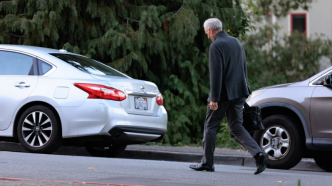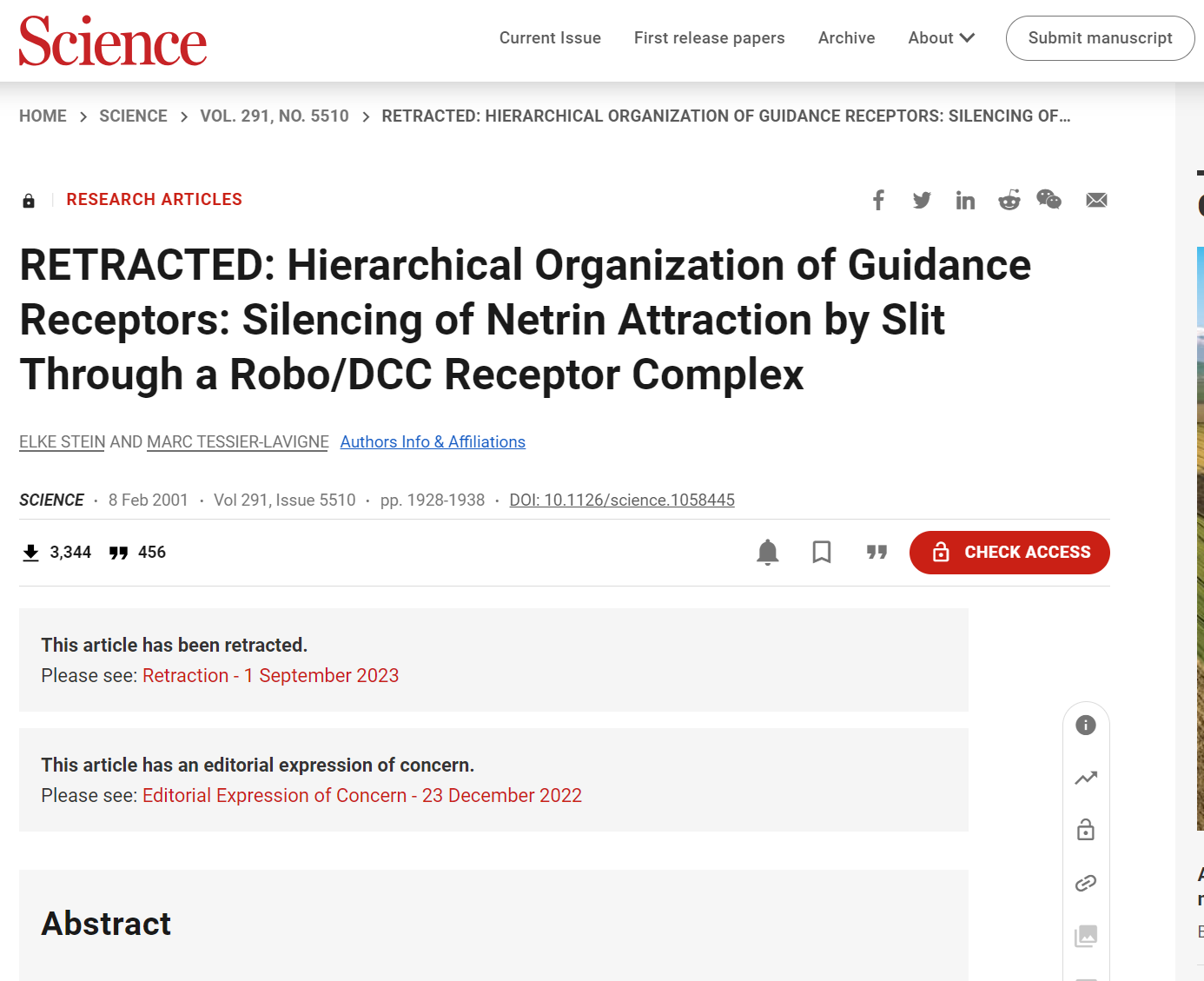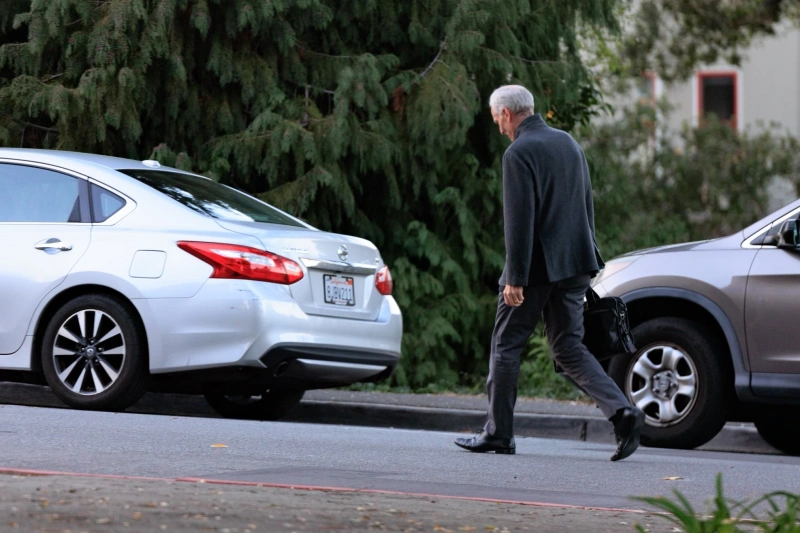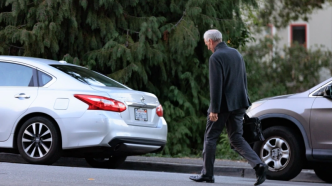

Marc Tessier Lavigne, the 11th president of Stanford University in the United States, withdrew three research papers due to issues such as image manipulation and image duplication.
On August 31, local time, the resignation of Marc Tessier Lavigne, the 11th president of Stanford University, officially took effect. From September 1, local time, Stanford University Kleinz Family Professor of European Studies Richard Thaller began to serve as the interim president of Stanford University until the next president of the school took office.
On the same day that Marc Tessier Lavigne's resignation came into effect, the international academic journal "Science" (Science) published two almost identical retraction statements online: Lavigne's two research papers as corresponding authors were voluntarily withdrawn .
The aforementioned retraction statements stated that due to problems such as beautification of images and image damage, the relevant papers aroused readers' doubts after publication. In 2015, the journal Science agreed to publish a corrigendum to address issues brought to the authors' attention. However, due to a journal error, the errata was not published. In 2022, when new concerns were raised, Science issued an "Editor's Concern" and conducted an institutional investigation. Subsequently, more problems were discovered, such as image manipulation and image duplication. This undermines the credibility of the paper’s conclusions. "I (we) are therefore retracting this paper ... regretting the impact on the scientific community." "The author, Elke Stein, disagrees with the decision to retract the paper."
On September 1, Beijing time, The Paper discovered that the international academic journal "Cell" (Cell) also published a similar retraction statement online, but did not mark its release time.
The retraction statement states that in 2015, the authors consulted with the editors of the journal Cell regarding issues of concern to this article, specifically the image mosaic in Figures 3C, 5A, 5B and 7B, 7D and the duplication of blank blots in Figure 7C. The journal Cell refused to publish the correction at the time because, when the paper was published in 1999, the journal Cell had no policy prohibiting unlabeled image mosaicing, and there was not enough information about the duplication to determine its intent, as well as the duplication of the paper's conclusions The impact is limited. In 2022, when new concerns were raised, the journal Cell issued an "Editorial Concern" and an institutional investigation uncovered more issues, including the western blot images in Figures 3A-3C, 7A, 7B, and 7D Contains the manipulation of data parts. This undermines the credibility of the paper’s conclusions.
The aforementioned first retracted paper was published online February 8, 2001 in the journal Science under the title "Hierarchical organization of guided receptors: Inhibition of Slit attraction to Netrin by the Robo/DCC receptor complex" ( Hierarchical Organization of Guidance Receptors: Silencing of Netrin Attraction by Slit Through a Robo/DCC Receptor Complex).
According to the paper, axon outgrowth cones that traverse the midline of the nervous system alter their response to midline-guiding cues: They are repelled by the repellant Slit while losing their response to the attractant netrin. In the paper, the researchers provide evidence of a causal relationship between the two changes.
However, due to issues such as image manipulation and image duplication, the paper in question was withdrawn 22 years after publication.
The aforementioned second retracted paper was published online March 9, 2001 in the journal Science under the title "Endothelin-1 Binding DCC Mediates Axon Guidance Independent of Adenosine A2B Receptor Activation" (Binding of DCC by Netrin-1 to Mediate Axon Guidance Independent of Adenosine A2B Receptor Activation).
The paper states that the induction factor netrin stimulates axon growth and orientation through a mechanism that requires DCC family receptors. But it is unclear whether the DCC protein is directly involved in signal transduction or whether it is just an accessory protein in the receptor complex. The paper shows that the netrin-1 protein binds to DCC. DCC plays a central role in endothelin signaling in axonal growth and guidance.
However, due to issues such as image manipulation and image duplication, the paper in question was also withdrawn 22 years after publication.
The aforementioned third retracted paper was published online June 25, 1999 in the journal Cell under the title "Ligand Gating Association Between UNC5 and the Cytoplasmic Part of DCC Family Receptors to Regulate Endothelin Induced Growth Cone Attraction to Repulsion" (A Ligand-Gated Association between Cytoplasmic Domains of UNC5 and DCC Family Receptors Converts Netrin-Induced Growth Cone Attraction to Repulsion).
According to the paper, the netrin protein has a dual function: attracting certain axons and repelling others. The paper provides evidence that netrin-1 triggers the formation of a DCC and UNC5 protein-receptor complex and simultaneously inhibits the interaction between their cytoplasmic domains, thereby converting DCC-mediated attraction to UNC5/DCC mediated rejection.
However, due to issues such as image manipulation and image duplication, the paper in question was withdrawn 24 years after publication.
In addition to the withdrawal of the aforementioned three papers, on July 19, 2023, Lavigne posted on the official website of the laboratory stating that there are still two papers to be corrected . These two papers were published online in 2004 and 2009 respectively in International Academic In the journal Nature. But as of now, no relevant update statement has been released. The only "editor's note" was published online on February 15: "Readers are cautioned that there are currently concerns about the reliability of the data presented in this manuscript. Appropriate editorial action will be taken once the concerns are resolved."

Marc Tessier Lavigne served as president of Stanford University for nearly seven years. His resignation is believed to be related to the public exposure of the Stanford Daily eight months ago.
According to previous reports by The Paper, Lavigne has served as the president of Stanford University for nearly 7 years. His resignation is believed to be related to the public exposure of The Stanford Daily (The Stanford Daily) nine months ago. On November 29, 2022, the Stanford Daily reported that “a paper co-authored by Stanford University President Marc Tessier Lavigne was publicly accused of containing multiple doctored images, a leading research journal reported to Stanford The daily confirmed that the journal is reviewing the paper for scientific misconduct." Since then, the famous neuroscientist and academic "star" in the field of Alzheimer's disease research has fallen into a crisis of academic trust. Then, in December 2022, the Stanford University Board of Trustees convened a special committee of its members to oversee a review of issues related to the scientific paper signed by President Marc Tessier Lavigne. On July 19, 2023, the day the review report was announced, Lavigne announced his resignation as principal. But he remains a tenured professor in the Department of Biology at Stanford University.


